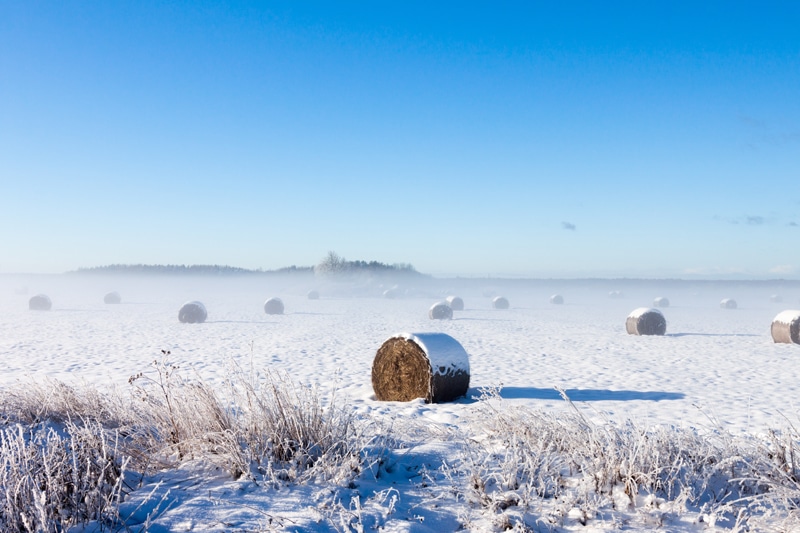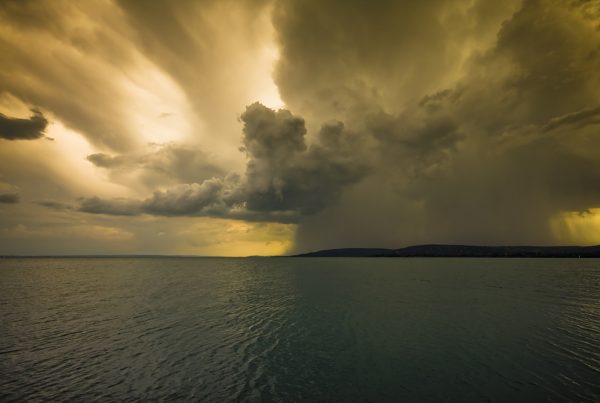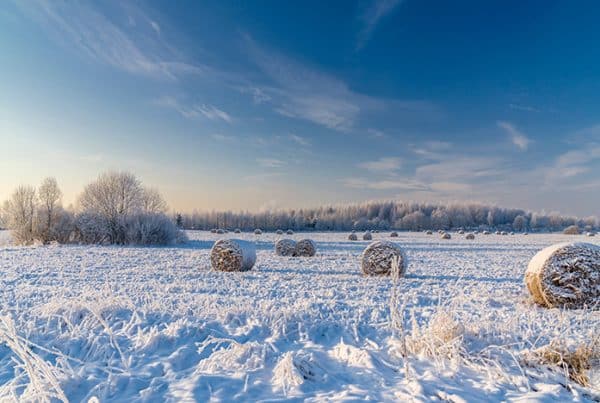The records for the month of December show the same temperature swings as November with a low on December 18 of minus 16 to a record high of plus 15.5 on Christmas Eve giving us a GREEN Christmas. The average temperature for the month was the 6th warmest in 54 years with minus 1.8 compared to the ten-year normal of minus 4.5 and the fifty-year average of minus 5.4. The hottest December was recorded in 2015 with PLUS 2.0. Precipitation was half of normal with only 27 mms. or 1.1 inches of rain and 16 cms. of snow which melted to an additional 16 mms. of water. The Canada Geese seemed to know that the weather would be mild as 1000 to 2000 remained behind my house on the Chateauguay river by mid month and 30 still remain as of month’s end unable to book an earlier flight with Air Canada. These temperature fluctuations and very dry soil conditions could cause problems this coming year. Ideally, winter cereal crops and alfalfa fields prefer a good blanket of insulating snow to prevent winter kill.
The year proved to be a challenge for all farm crops except soybeans. The dry April permitted farmers to finish seeding in a timely fashion but the soil stayed too cold for rapid germination. The expected warm up after seeding did not materialize so that corn plant emergence took about three weeks. June was the seventh warmest in 54 years but was also extremely dry. This drought lasted until July 10. This reduced the size of the corn cobs and the eventual yield at harvest time. Hay and pasture during this same time period were not growing due to lack of moisture.
Therefore, forage production for the year was below normal in spite of improved third cuts once the rain returned. The average temperature for all of 2020 was 8.3 degrees compared to 6.4 in 2019 and the ten-year normal of 7.2. This was the second hottest year in the last 54 years exceeded only by 2012 with 8.35 degrees.
The only new monthly record set during 2020 was the average temperature for the month of July which was 23.7. However, it is interesting that four new records have now been set for July since 2006: 2006—22.4 //2010—22.7 //2018—23.0 //2020—23.7. The previous July record was recorded 47 years ago with a temperature of 22.2. Precipitation for 2020 was the 8th driest in 35 years with 913 mms. The normal is 1035 mms.
- January : fifth warmest andwet
- February : twelfth warmest
- March : sixth warmest and dry
- April : twelfth coldest and dry
- May : cool and very dry (requiring three weeks for corn seed to emerge).
- June : eventh hottest and extremely dry
- July : RECORD hot but normal precipitation. April 14 to July 10 only 89 mms. of rain fell which is what one would expect in one month.
- August : normal temperature and very wet
- September : cool and dry
- October : normal temperature and wet
- November : fourth warmest and dry
- December : sixth warmest and very dry.
2020 was a year of extremes in more ways than one and hopefully 2021 will calm down.
Peter Finlayson







